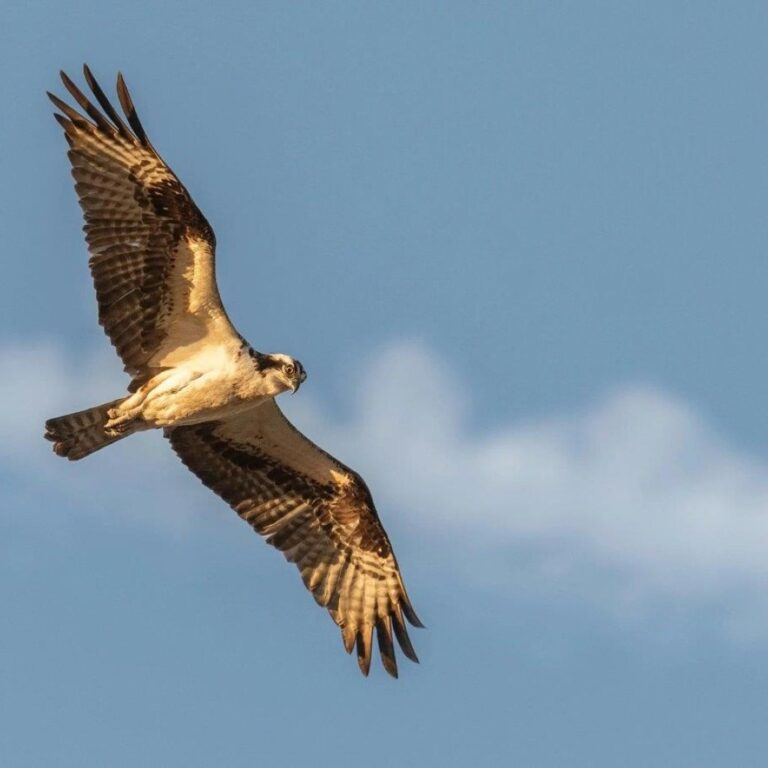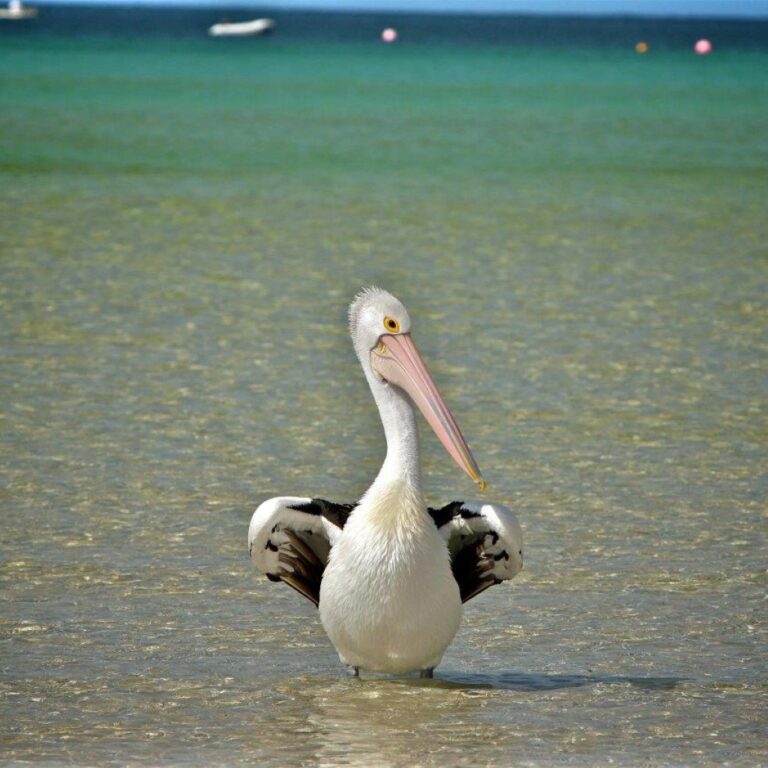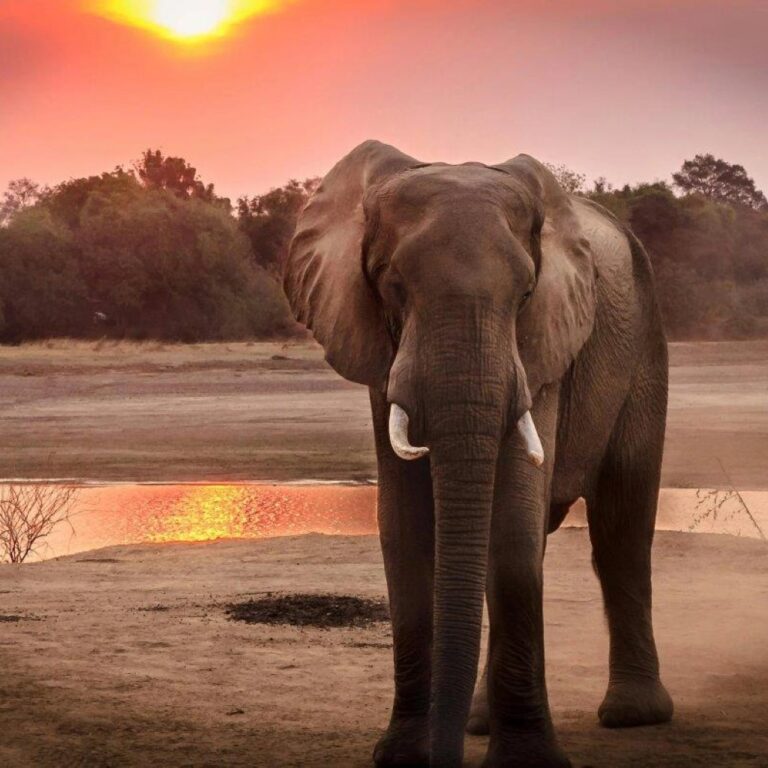The peregrine falcon is the fastest bird in the world, capable of reaching speeds of over 240 miles per hour during a hunting dive, known as a stoop. This makes it the fastest animal on the planet.
Falcons have exceptional eyesight, which is about eight times more acute than that of humans. This allows them to spot prey from great distances while flying high in the sky.
Falcons are part of the Falconidae family, which also includes kestrels and caracaras. They are known for their long, pointed wings and streamlined bodies, which make them excellent fliers.
Unlike many other birds of prey, falcons do not build nests. Instead, they lay their eggs on cliffs, tall buildings, or other high, open areas, often reusing the same site year after year.
Falcons are carnivorous and primarily hunt other birds. They catch their prey mid-air with a powerful, swift dive and often deliver a fatal bite to the neck with their sharp beak.
The peregrine falcon is one of the most widespread birds of prey and can be found on every continent except Antarctica. They have adapted to a wide range of environments, from urban areas to remote wilderness.
Falcons have a specialized tooth-like structure on their beak called a tomial tooth, which they use to sever the spinal cord of their prey quickly and efficiently.
The gyrfalcon, the largest of the falcon species, is native to the Arctic and is known for its strength and powerful flight. It was highly prized by ancient royalty for use in falconry.
Falcons are solitary hunters, and they rely on their speed, agility, and surprise to catch prey. They often hunt at dawn or dusk when their prey is most active.
Falcons have been used in falconry, the art of training birds of prey to hunt, for thousands of years. This practice dates back to ancient civilizations in the Middle East and Asia.
The mating ritual of falcons includes elaborate aerial displays, where the male performs acrobatic maneuvers to impress the female. Once paired, they often mate for life.
Falcons have a high metabolic rate, which requires them to eat frequently. A peregrine falcon, for example, can consume a bird nearly half its size in one sitting.
Falcon chicks, known as eyases, grow rapidly and are ready to leave the nest (fledge) within six to eight weeks after hatching. During this time, they are entirely dependent on their parents for food.
Some species of falcons, like the American kestrel, have distinctive facial markings that help reduce glare from the sun and improve their focus while hunting.
Conservation efforts are crucial for many falcon species, particularly those that have suffered from habitat loss and pesticide use. The recovery of the peregrine falcon from the brink of extinction is one of the greatest conservation success stories.



